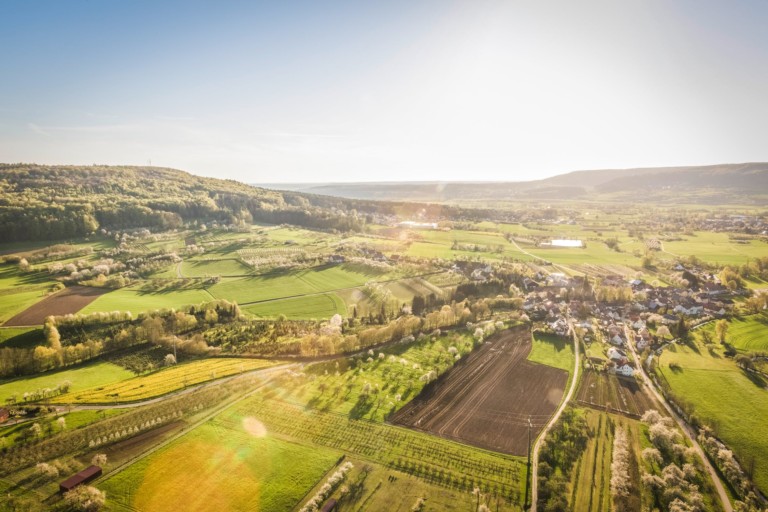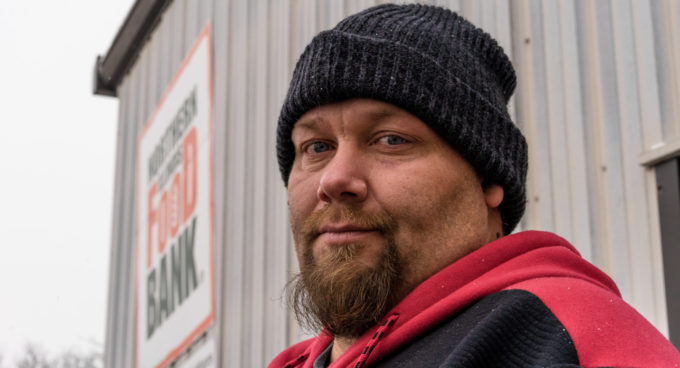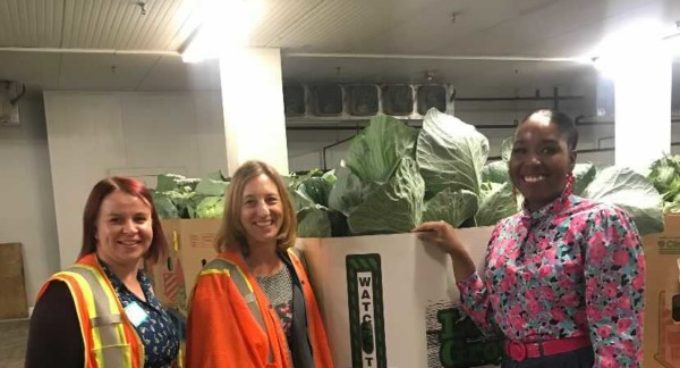
Rural communities [1] play a critical role in our country’s food production, yet these same communities face high rates of food insecurity. Although the overall food insecurity rate in 2019 was 10.9 percent, 12.5 percent of individuals living in rural communities were food insecure. Further, rural communities make up 63 percent of all counties in the United States, but 87 percent of counties with the highest rates of overall food insecurity are rural.
Here are four things you need to know about what hunger looks like in rural America.
1) Rural communities have faced higher food insecurity rates compared to urban communities.
The COVID-19 pandemic has only exacerbated the state of rural hunger. Feeding America projects that rural food insecurity rates may have risen to 14.4 percent in 2020 and will be 13.3 percent in 2021. Rural communities have been particularly vulnerable during the pandemic because they frequently contain older populations, higher rates of chronic disease, and limited healthcare infrastructure.
2) People of color who live in rural communities experience hunger disproportionately.
Considering the decades of discriminatory policies that have impacted Black homeownership, employment, and food access, it is no surprise that twice the number of Black households experience hunger compared to their white counterparts. These disparities extend to rural America as well. According to Feeding America’s analysis, Black individuals living in rural counties are 2.2 times more likely to experience hunger compared to white residents, a gap that is expected to increase over the course of the COVID-19 pandemic.
3) Children in rural counties are particularly vulnerable to hunger.
Studies have linked food insecurity in children to a range of negative outcomes, from obesity to poor school attendance. Further, rural counties make up 86 percent of those with the highest percentages of children at risk for food insecurity. In a 2020 report on child hunger in rural communities, Bill Caten, an elementary school principal in rural Virginia, discussed barriers to food access:
“When you talk about urban poverty, a lot of times it’s very pocketed, so it’s easier to get services, and there’s community services that already come in. In rural places, it’s so spread out that kids don’t have access. They can’t walk around the corner to the food kitchen. Some of our kids are left to fend for themselves.”
4) Federal nutrition programs like The Emergency Food Assistance Program (TEFAP) are integral to ending rural hunger.
Run by the United States Department of Agriculture (USDA), TEFAP is a key public-private-charitable partnership that helps Feeding America deliver nutritious foods from farmers to food banks to rural communities every day. In fact, of the 1.2 billion pounds of food we distributed in rural areas last year, 465 million were USDA commodities like TEFAP. In 2020, 96 percent of rural counties had TEFAP food distribution by a Feeding America network member.
Learn more about how you can support efforts to end hunger in rural and other communities across the United States.
[1] To learn more about how Feeding America defines rural areas, see the USDA’s Rural-Urban Continuum Codes (RUCC).



